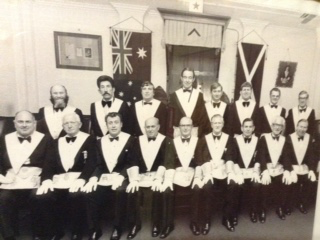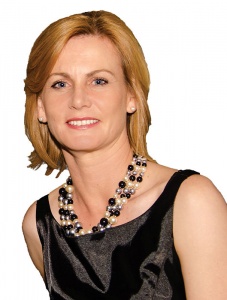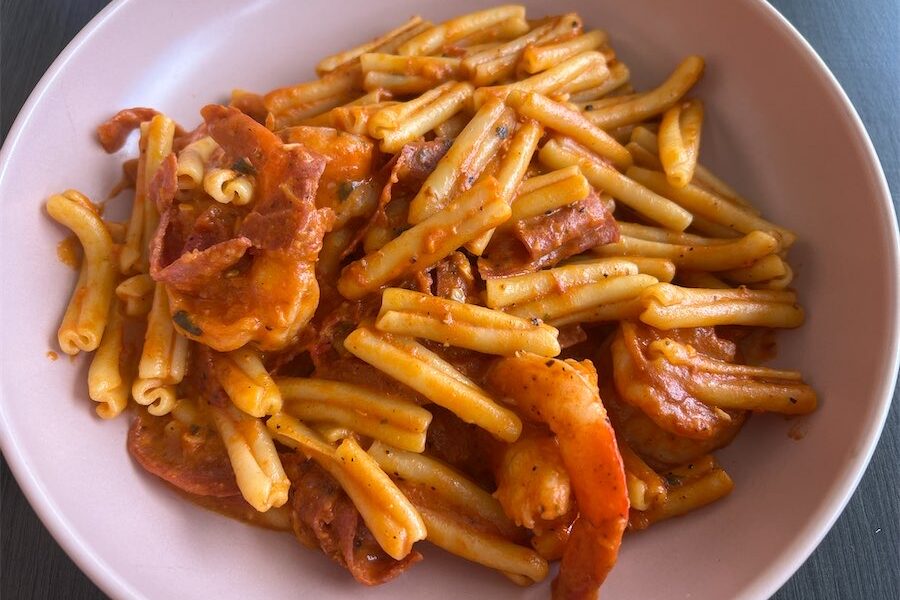POWER struggles, clandestine activities and conspiracy theories… just another day in the nation’s


It may even surprise many to learn that the man dubbed the “father of Canberra” for helping ensure the new Federal Territory was sited alongside his hometown of Queanbeyan, John Gale, was a founding member of the brotherhood in this region.
The ancient craft, said to be linked to the Knights Templar – themselves decimated on Friday the 13th, 1307 when King Philip IV of France condemned them rather than repay a debt owed – and identified with fancy outfits, prestigious titles and an exclusively male membership, arrived on these shores with the First Fleet. In 1845, Sydney Lodge No.1 was instigated.
Thirty-two years later, Lodge St Andrew Queanbeyan No. 56 was brought into being with Gale one of the leading lights (and later leader), while the newly installed principal of the equally new Queanbeyan Public School, Richard Van Heythuysen, was its first Right Worshipful Master.
In the early days, the local Masons were a peripatetic lot with meetings moving from the Protestant Hall to the Loyal Happy Home Lodge of the Independent Order of Oddfellows of the Manchester Unity (I kid you not).
By 1924, enough resources were at hand for the Freemasons to construct their own imposing Temple, directly opposite the current Council Chambers – and, yes, replete with every conceivable emblem and symbol associated with the organisation from the tools of its original stonemason membership such as the square and compass, to allusions to mortality, which often includes skeletons (literally in the closet).
So popular was Freemasonry in Australia, particularly with veterans returning from World War II when it was estimated one in six men were part of the fraternity, that between 1924 and 1967 up to four Lodges or Chapters existed in Queanbeyan alone.
Canberra followed suit only a decade after it was declared the Seat of the Commonwealth: in 1923, Lodge Canberra No. 465 was established and within four years the city would boast a second.

Always endeavouring not to be outdone by its neighbour, today the capital claims seven operating Lodges, the first of the modern batch, Lodge Ethos, appearing in 1964. It’s no coincidence it sports the same moniker as the statue which stands in Civic Square: Ethos translates to “spirit of the community”, to which Freemasons claim their ultimate duty is oriented, while the sculpture holds aloft another most significant Masonic symbol, the sun, signifying enlightenment.
Similar to the theory that Washington DC is Masonic in design, in 1994 author Peter Proudfoot suggested there was a “secret plan of Canberra” bearing all the hallmarks of the architecture and influence of Freemasonry. Perhaps providing some support to these assertions, Masonry symbology can easily be found in prominent places, amongst them, the War Memorial.
And notable Canberrans to have worn the apron? Many a Prime Minister, from an originator of the Australian Labor Party, Sir Joseph Cook (1860-1947), to the Conservative Sir Robert Menzies (1894-1978), as well as Governor-General Lord Gowrie (1872-1955) for whom another ACT Lodge was named.
Et tu, Queanbeyan? Well, it would go on to boast one of the most well-known Freemasons in the country; Brother William Thompson, a member of the NSW Legislative Assembly, appointed Grand Master of the United Grand Lodge of NSW in 1914 and lauded for significantly increasing membership, Temple numbers and the creation of the Masonic school at Baulkham Hills, which still bears his name.
For all the alleged secrecy though, it’s surprising how regularly the local papers reported most of the goings-on and even the membership lists – perhaps everything except who brought the goat (another fallacy it seems: it’s actually an acronym for “God of all things” – despite the fact the organisation unequivocally states they’re non-religious).
And female I may be, but I’m on the level with you when I tell you I know these things first-hand. So mote it be.
Nichole Overall is a Queanbeyan-based historian, author and journalist.
Who can be trusted?
In a world of spin and confusion, there’s never been a more important time to support independent journalism in Canberra.
If you trust our work online and want to enforce the power of independent voices, I invite you to make a small contribution.
Every dollar of support is invested back into our journalism to help keep citynews.com.au strong and free.
Thank you,
Ian Meikle, editor








Leave a Reply